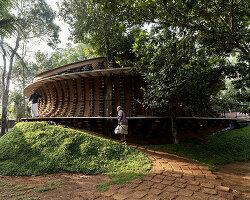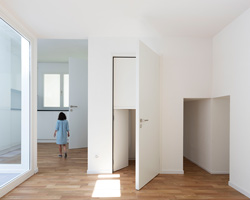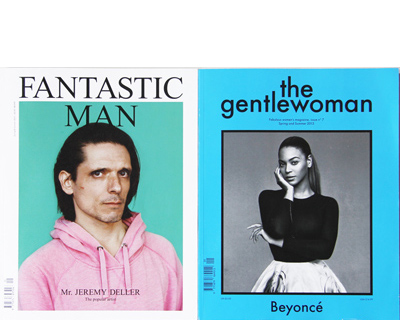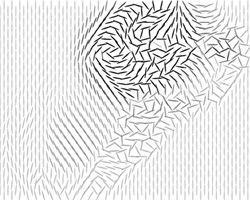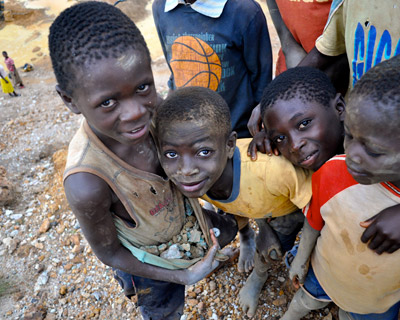KEEP UP WITH OUR DAILY AND WEEKLY NEWSLETTERS
PRODUCT LIBRARY
the apartments shift positions from floor to floor, varying between 90 sqm and 110 sqm.
the house is clad in a rusted metal skin, while the interiors evoke a unified color palette of sand and terracotta.
designing this colorful bogotá school, heatherwick studio takes influence from colombia's indigenous basket weaving.
read our interview with the japanese artist as she takes us on a visual tour of her first architectural endeavor, which she describes as 'a space of contemplation'.
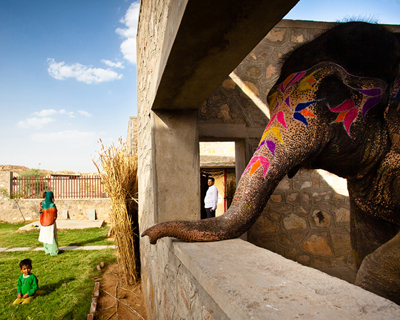
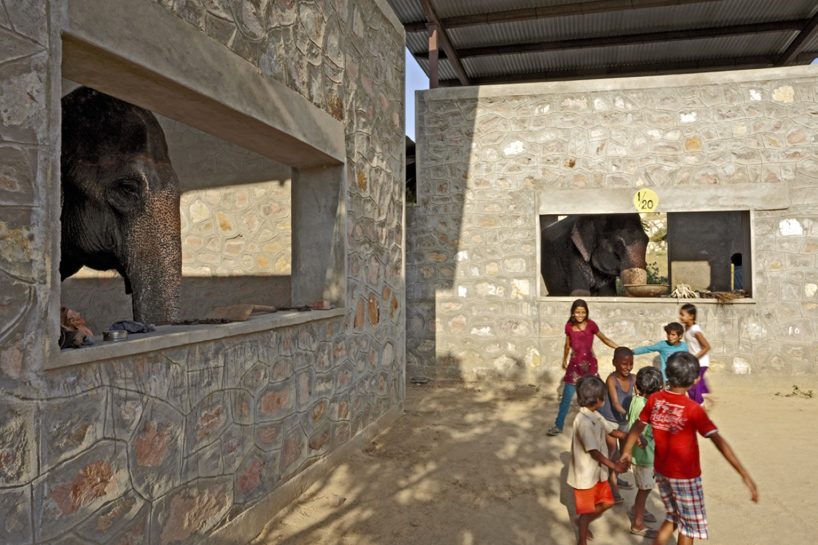
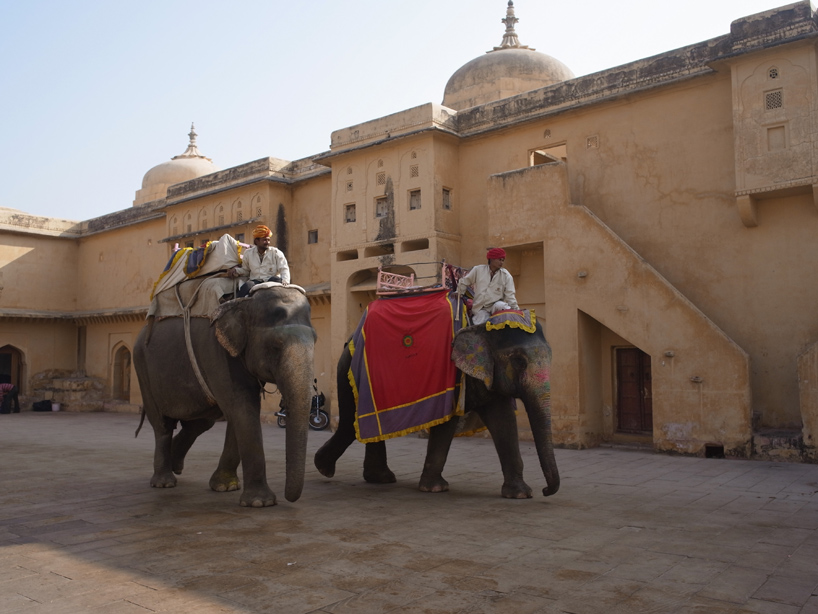 visitors commonly reach amber fort, a sixteenth-century hilltop palace outside the city of jaipur, in rajasthan state, by car, foot, or elephant
visitors commonly reach amber fort, a sixteenth-century hilltop palace outside the city of jaipur, in rajasthan state, by car, foot, or elephant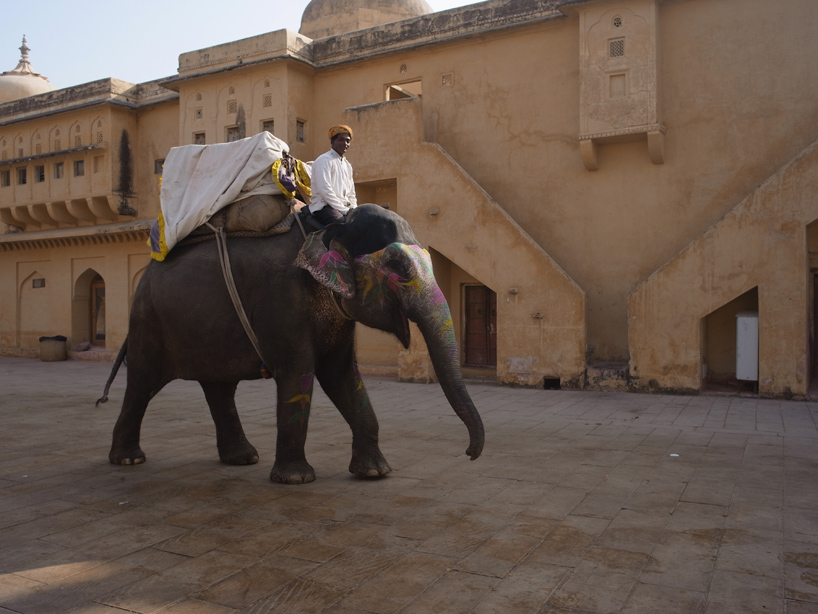
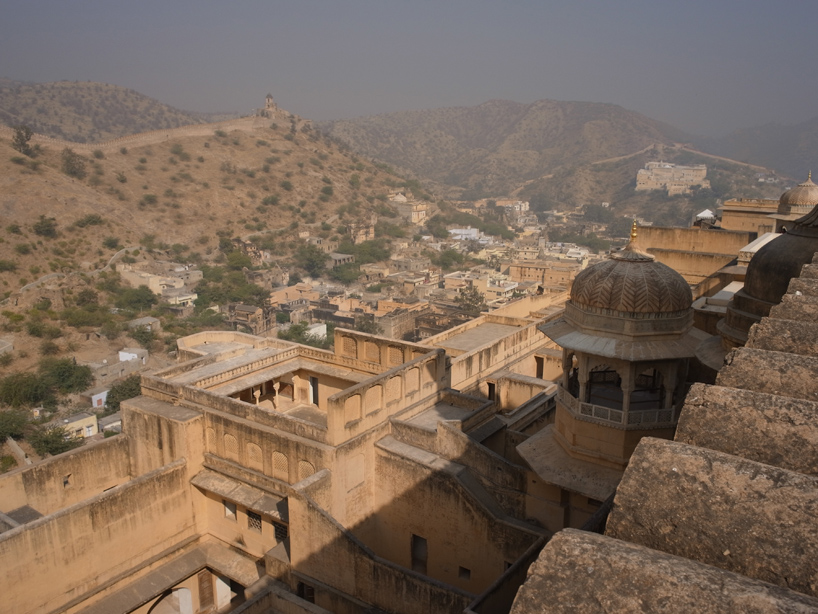
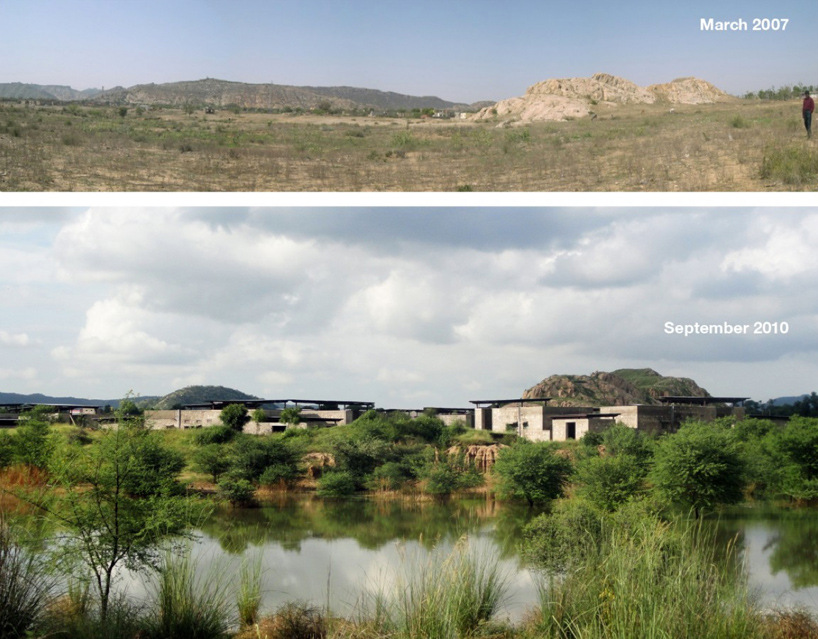
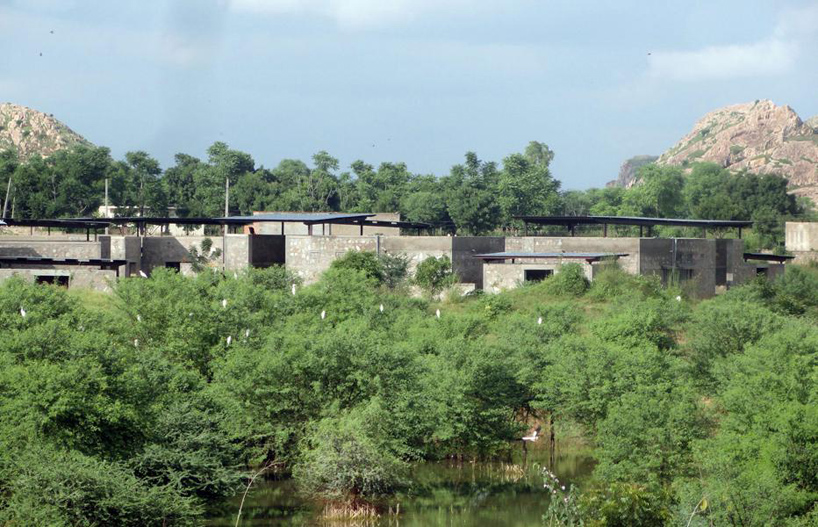 hathigaon (elephant village in hindi) is intended as both a residential complex and a tourist destination in its own right, with enough units to house all of the city’s elephants and their keepers. what started as a barren site is now lush and green, especially during the rainy season.
hathigaon (elephant village in hindi) is intended as both a residential complex and a tourist destination in its own right, with enough units to house all of the city’s elephants and their keepers. what started as a barren site is now lush and green, especially during the rainy season. 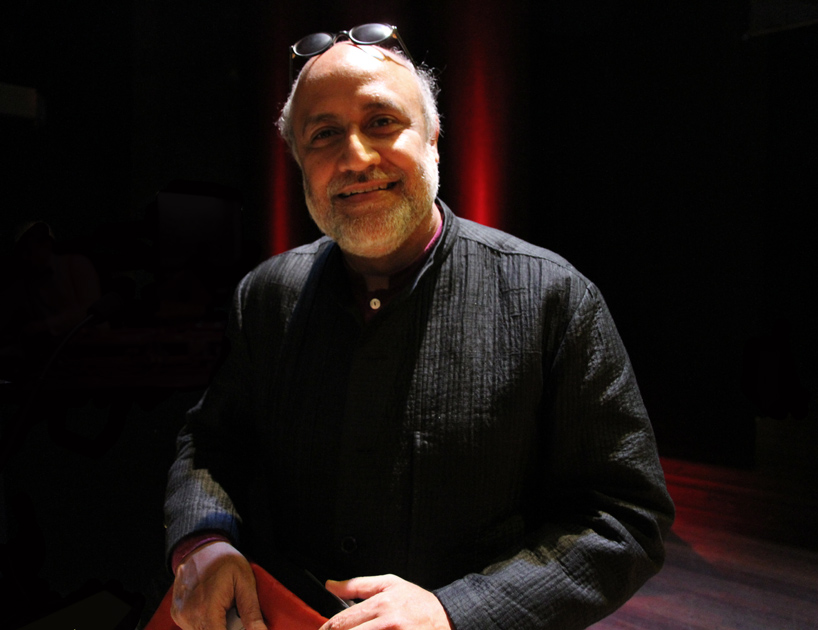 rahul mehrotra
rahul mehrotra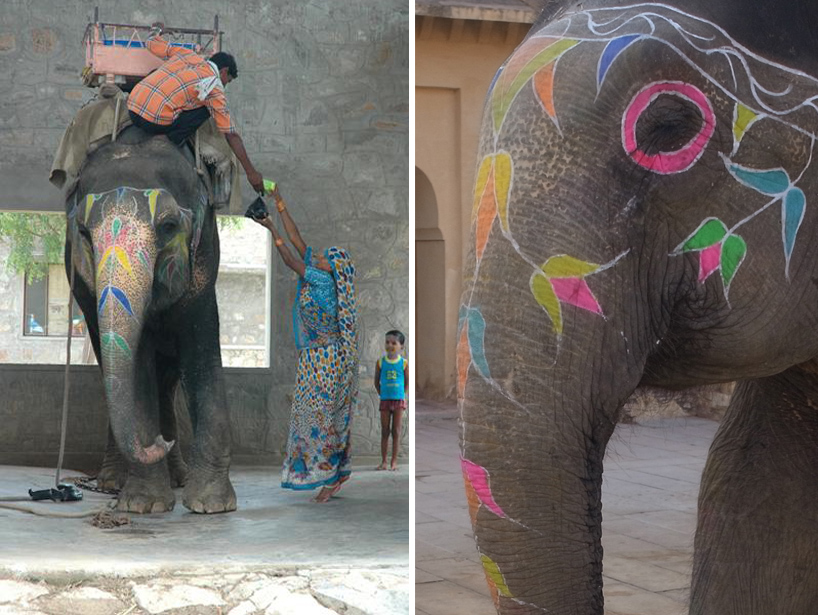 image on the left courtesy RMA, on the right © designboom
image on the left courtesy RMA, on the right © designboom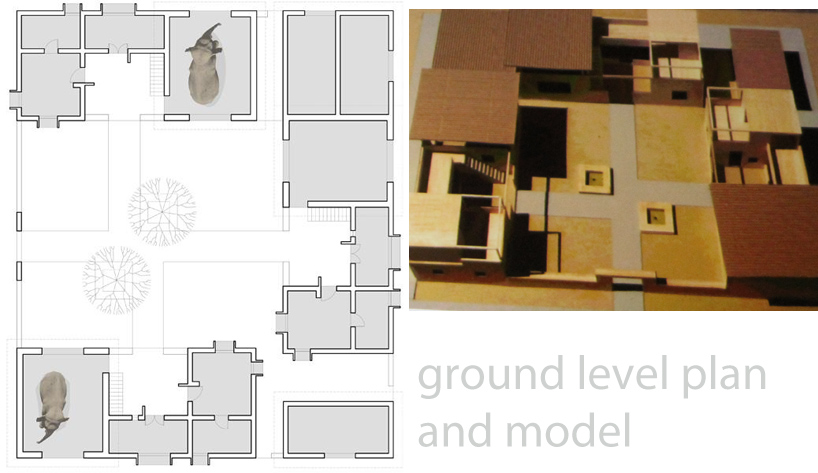
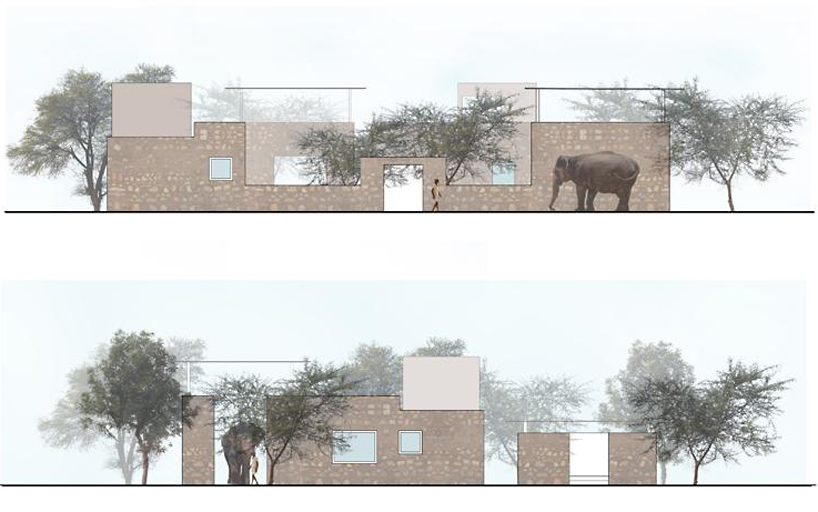
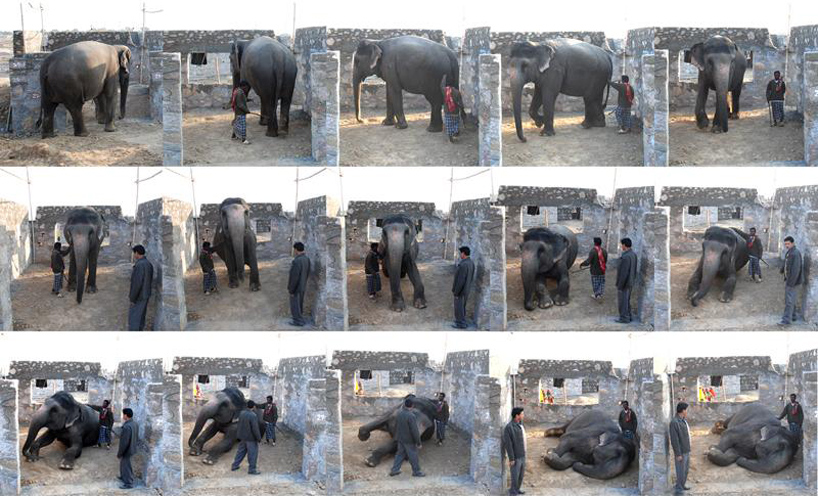 image sequence showing the minimum space an elephant needs
image sequence showing the minimum space an elephant needs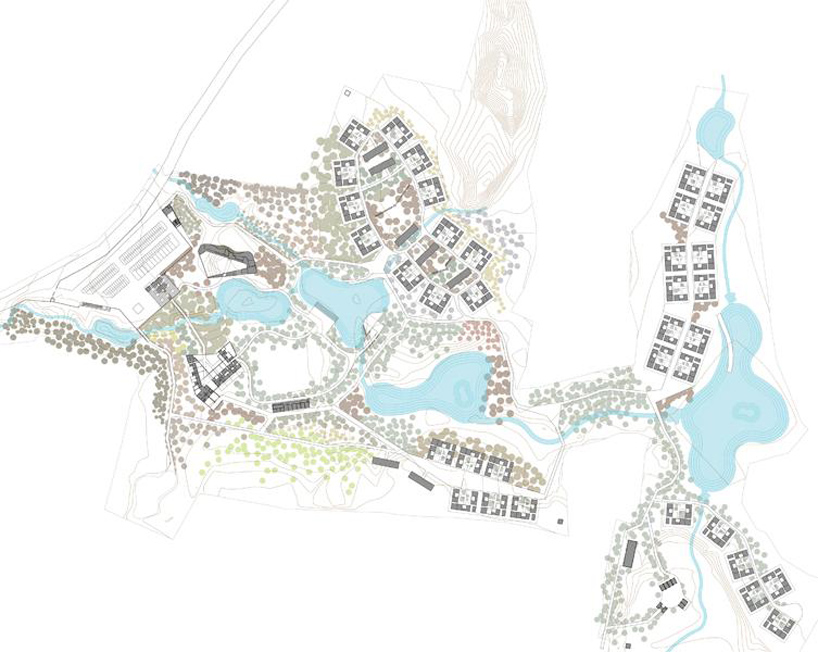 image courtesy RMA
image courtesy RMA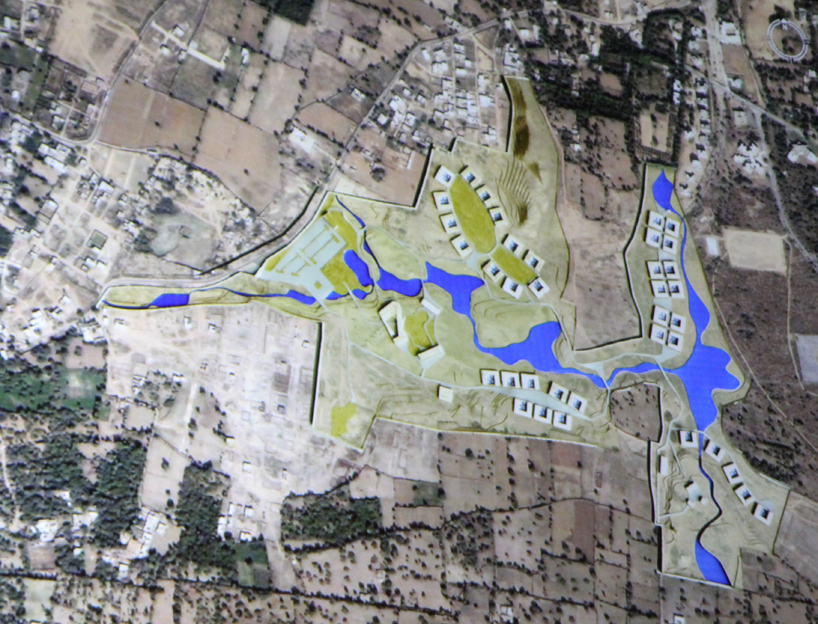 image courtesy RMA
image courtesy RMA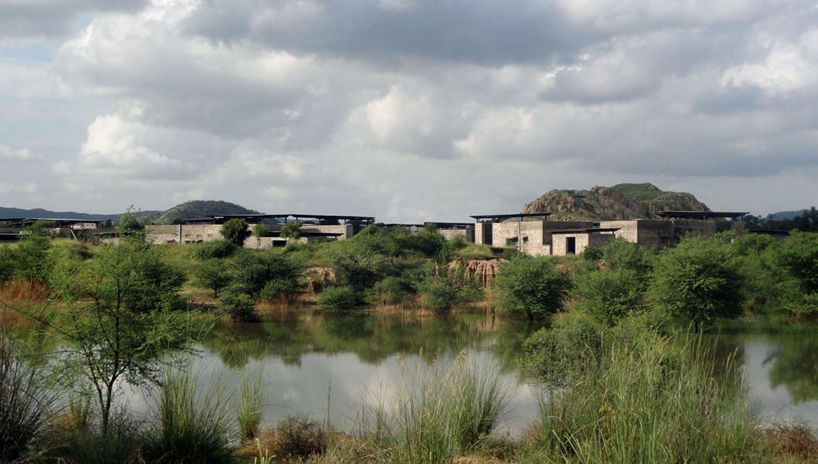 image courtesy RMA
image courtesy RMA




